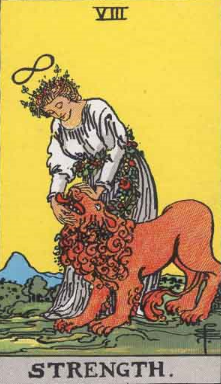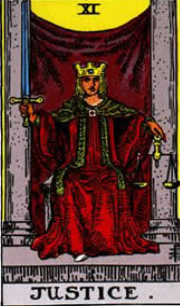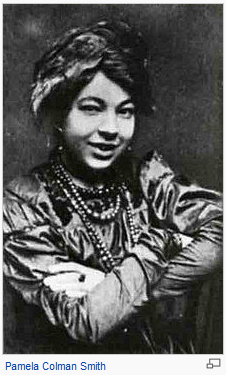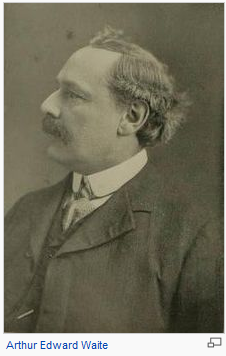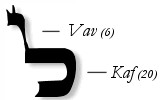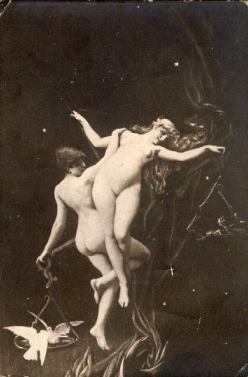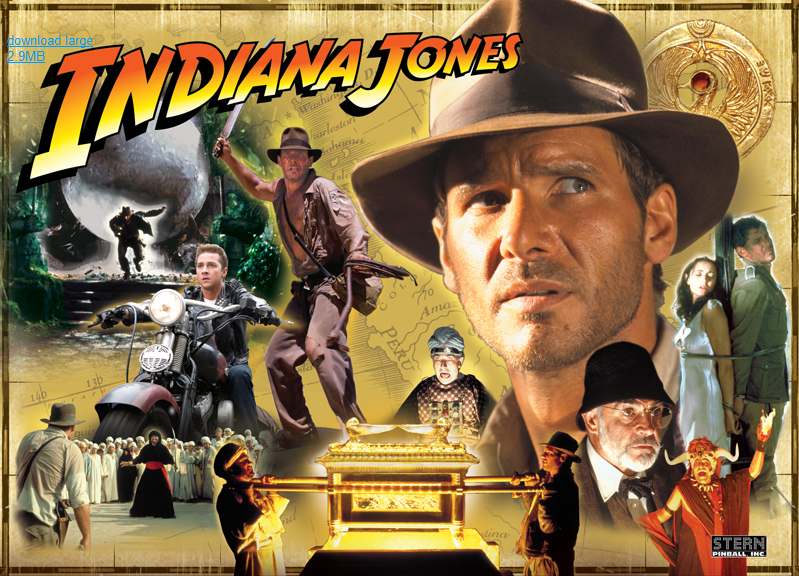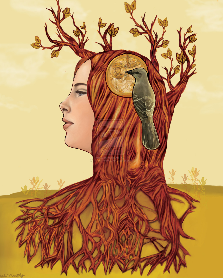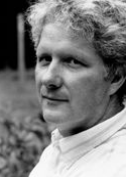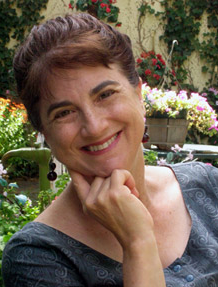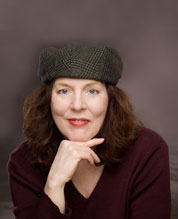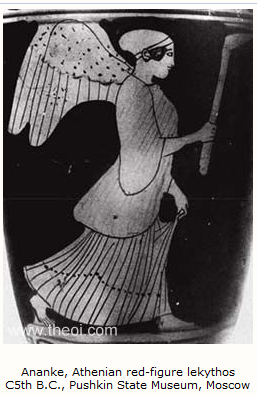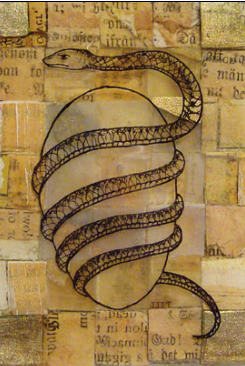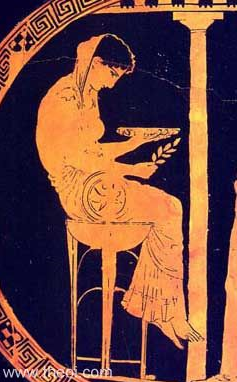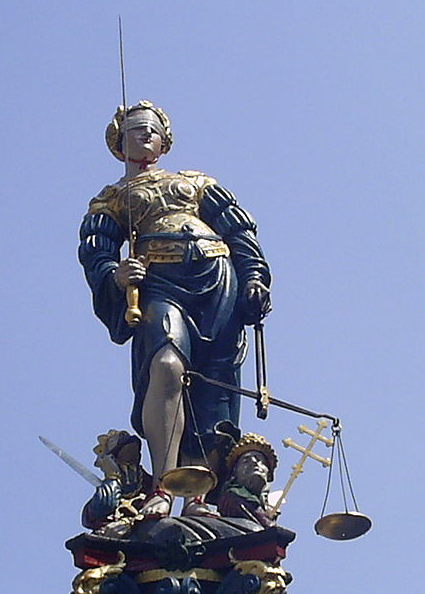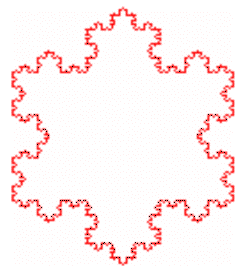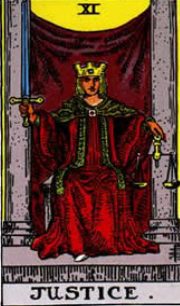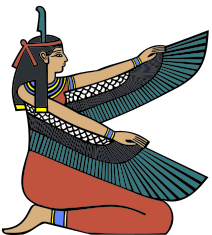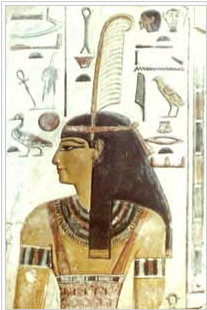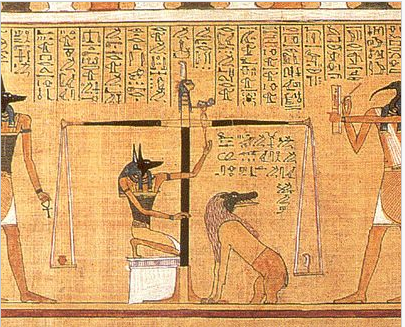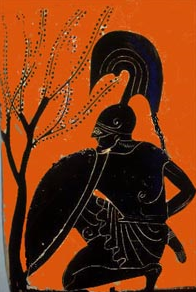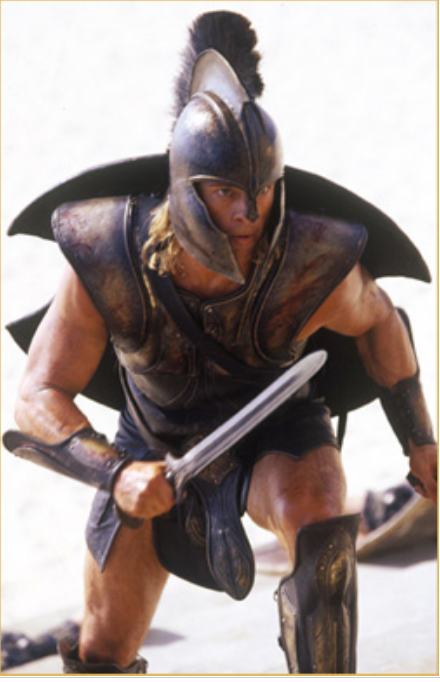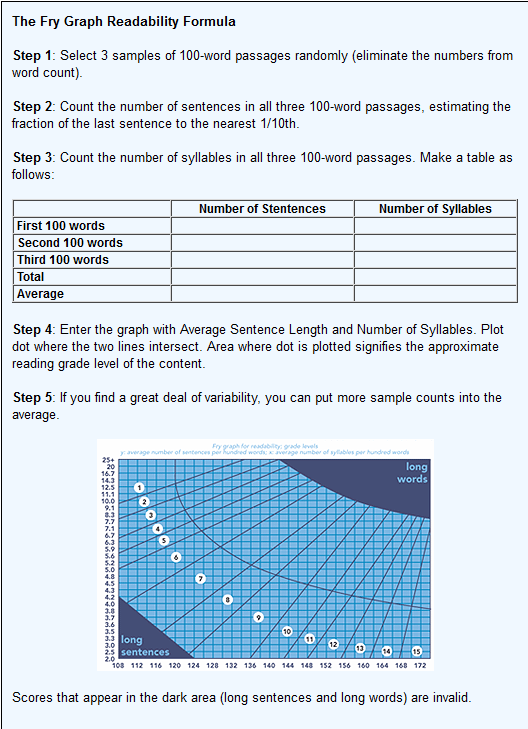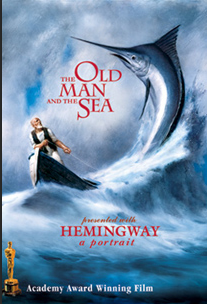The Major Arcana and the Hero’s Journey: The Hanged Man, Part I
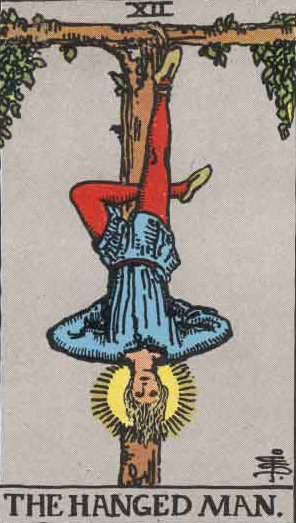
This tarot image is only one of many mystical hanged men.
The one that comes most readily to the American mind is Christ, who was hung on a wooden cross till he died. But he returned to life so that all his followers could have eternal life.
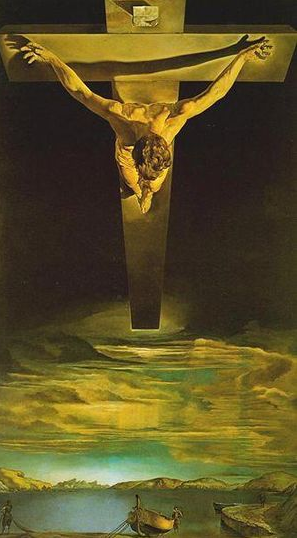
The Norse god Odin pierced himself with a spear and hung upside down for nine whole nights on wind-rocked Yggdrasil, the World Tree. On the ninth night he saw the runes arrayed below him and knew their meanings and was free. Odin gave the runes to humanity to guide us in our spiritual quest.
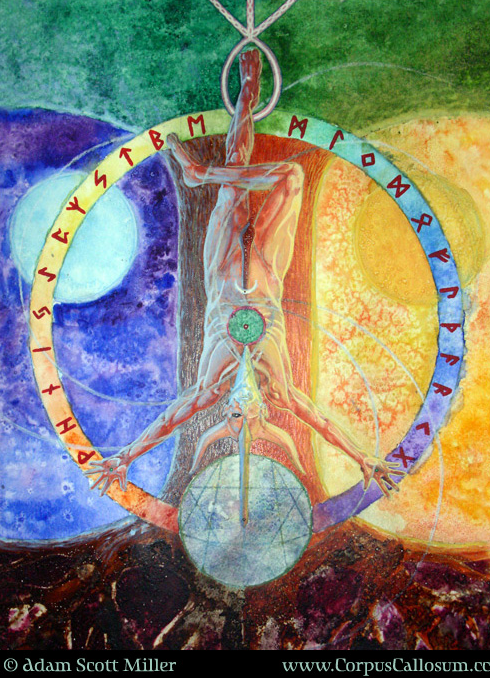
The Buddha had it a bit easier, he merely sat beneath the Bodhi Tree. But he went without food and water until he gained enlightenment. He went forth and shared his insights and the rest is history.
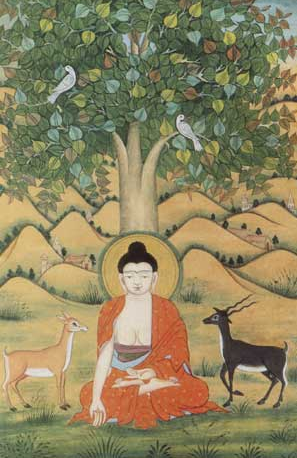
The Native Americans of the central plains dance the Sun Dance every summer to obtain life renewal, visions, and assistance from the Great Spirit. After the dance they share these gifts with their people. The day before the dance begins they select a cottonwood tree, cut it down, and place it upright in the center of the dance circle. The dancers dance around the Sun Dance tree for two or three days (the number varies with the tribe) with nothing to eat or drink except sage tea. On the last day several of the many dancers who volunteered are selected. Medicine Men pierce these dancers’ chests with wooden pegs and attach the pegs to ropes fastened to the cottonwood tree. The dancers lean back against the ropes, gaze up into the sun and dance around the tree until the pegs come out of their flesh.

So what do these hanged men have in common?
The most important thing is that they are all sacrificing themselves, and that their sacrifice is voluntary. The face of the tarot hanged man is serene.
They’ve all made their sacrifice to gain enlightenment in one form or another, either for themselves or for others, or both.
Their sacrifice is made on a tree or part of a tree. Trees, with their roots delving deep into the earth and their branches reaching for the sky, are a perfect symbol of connection. Their strong, serene energy suggests that they are at one and at peace with the universe. By alligning himself with the tree, the hanged man hopes to tap into these qualities.
Some of the hanged men are physically upside down, and all of them are socially upside down because they have set themselves apart from the rest of humanity. They are the pioneers who are willing to reverse their perspective or walk a different path so they can see things in a new way.
And lastly, they are all men. In fact, most of the animals I remember being sacrificed in the pagan literature are male. The Greek and Roman gods love bulls or male goats—especially white ones, and the Voodoo loas love a black cockerel. Masculine energy is more forceful and straightforward than feminine energy. When this sort of energy is sacrificed you get more bang for your buck (pun intended). Females usually aren’t sacrificed because they are more valuable. They make babies and the more women there are the quicker the population grows. If a woman is being sacrificed, you know the situation is dire.
This makes the meaning of The Hanged Man crystal clear—voluntary sacrifice to gain enlightenment. To do this, one must usually violate societal norms, often placing ones very life or way of life in jeopardy—or at least on hold.


